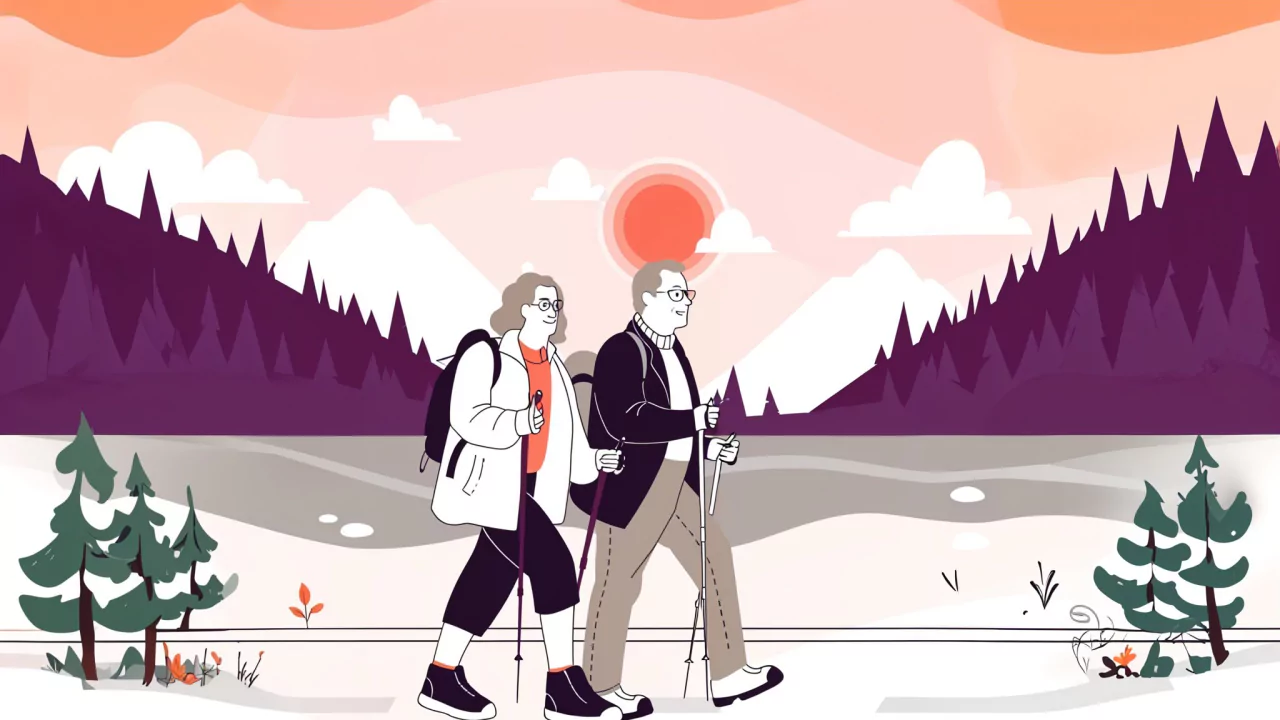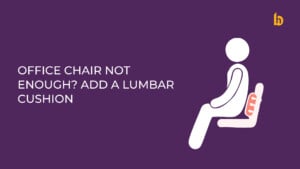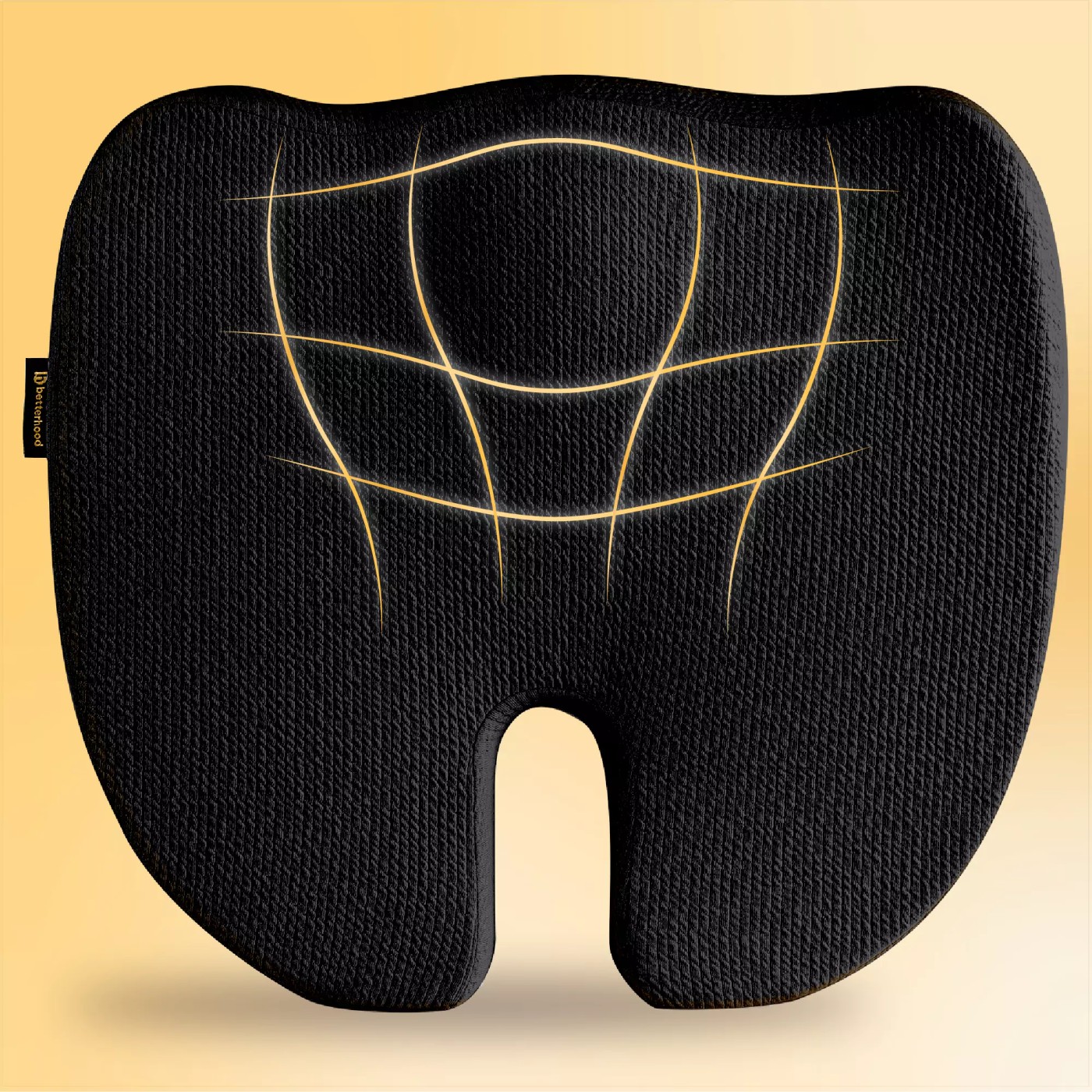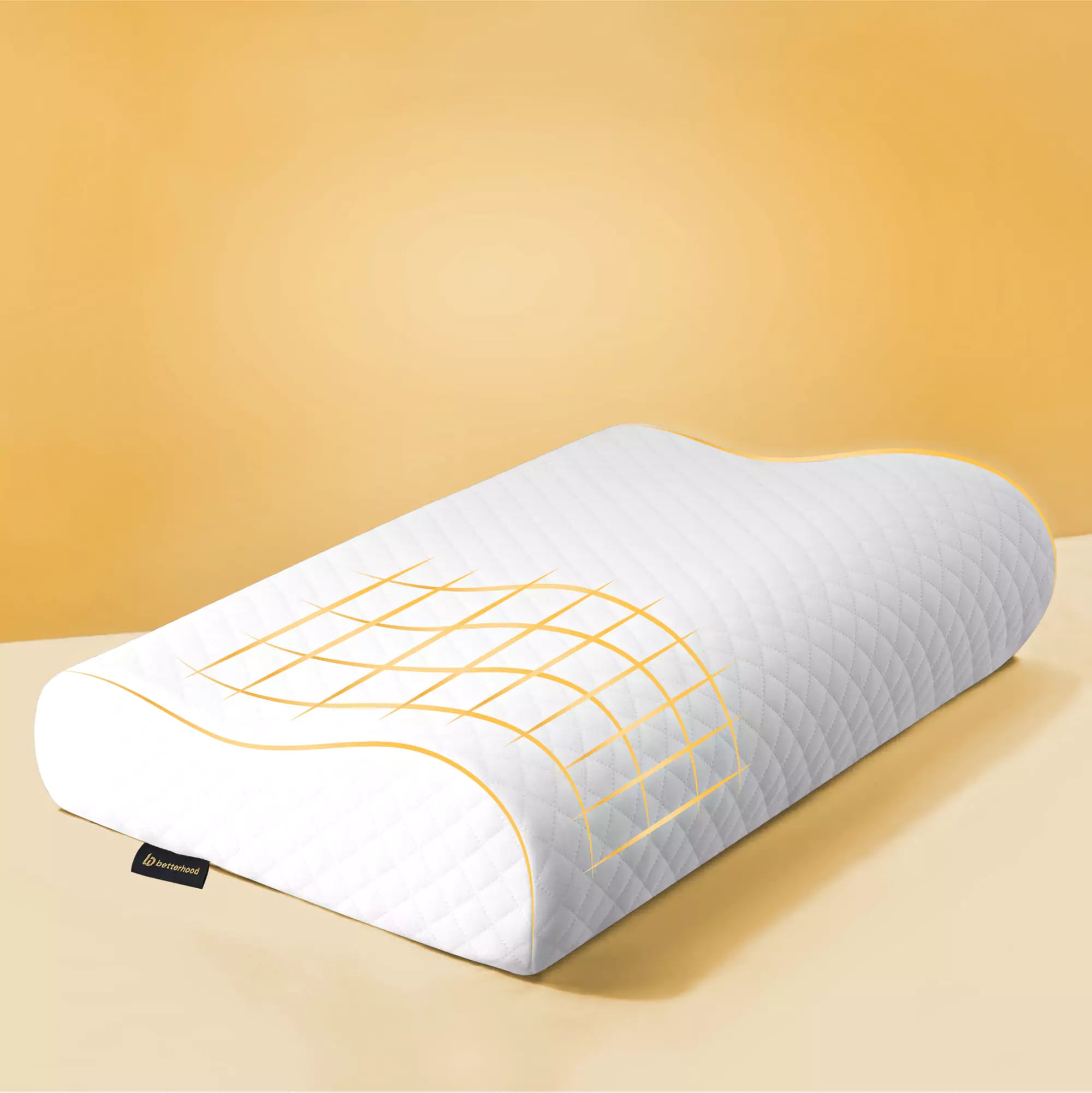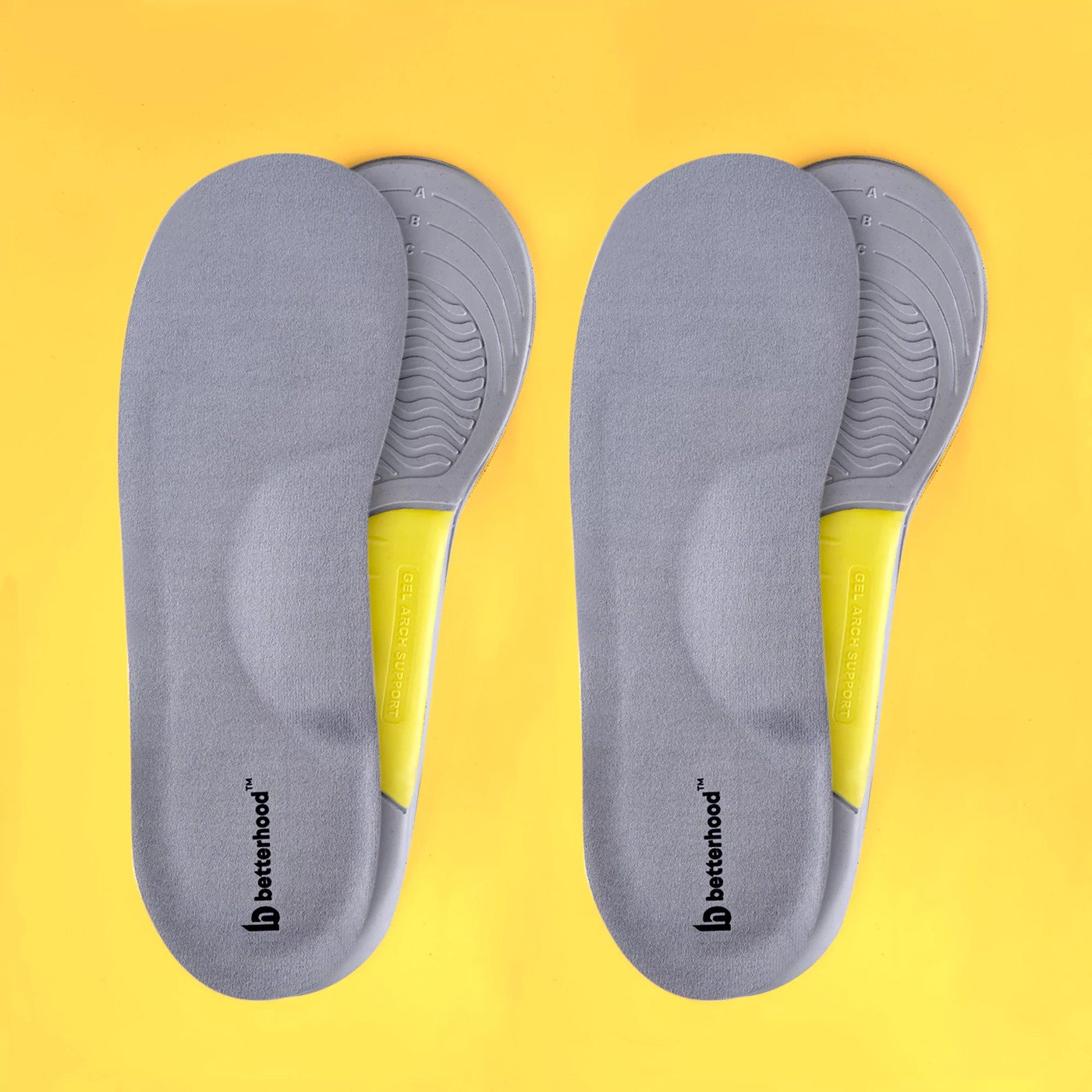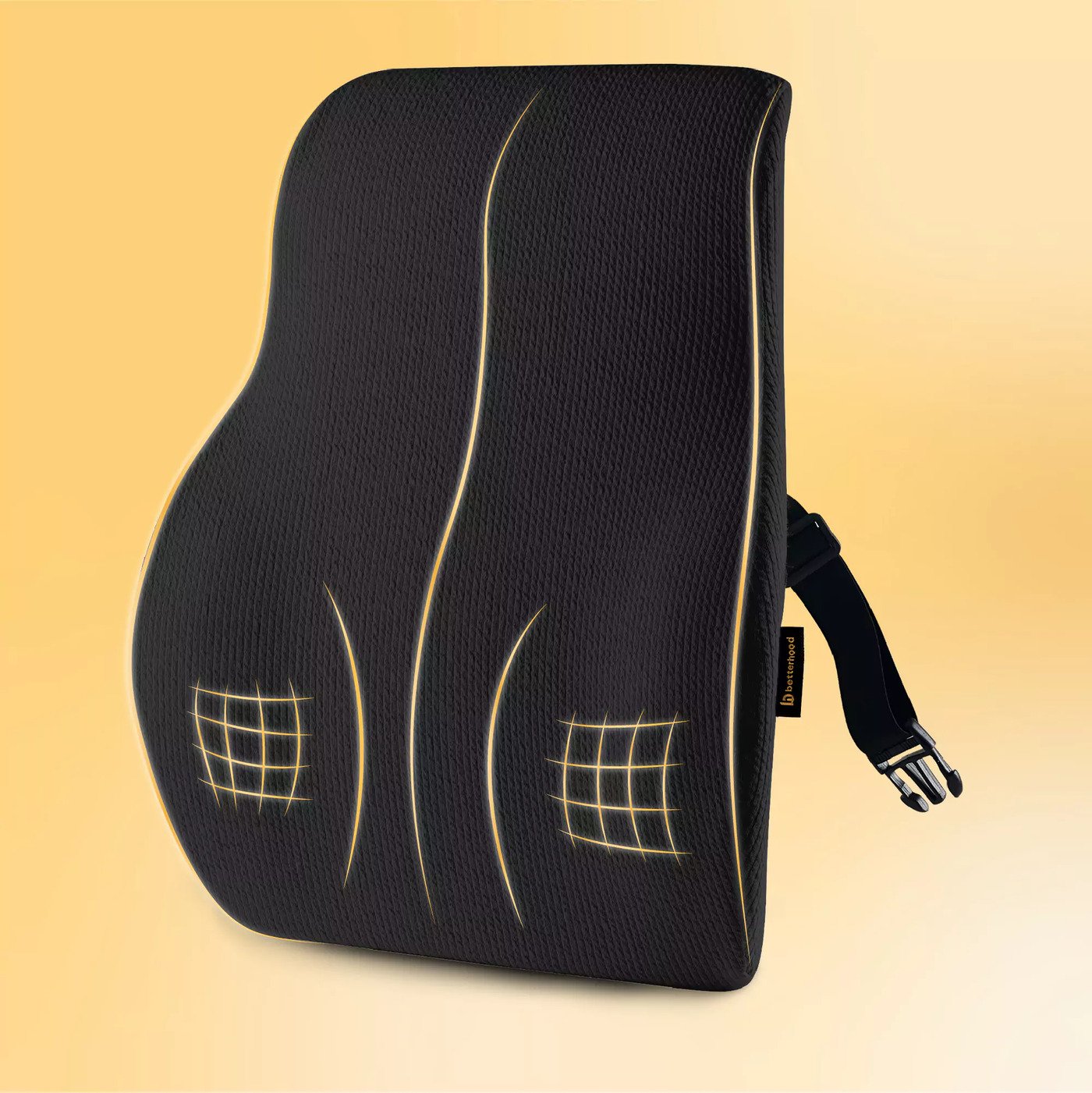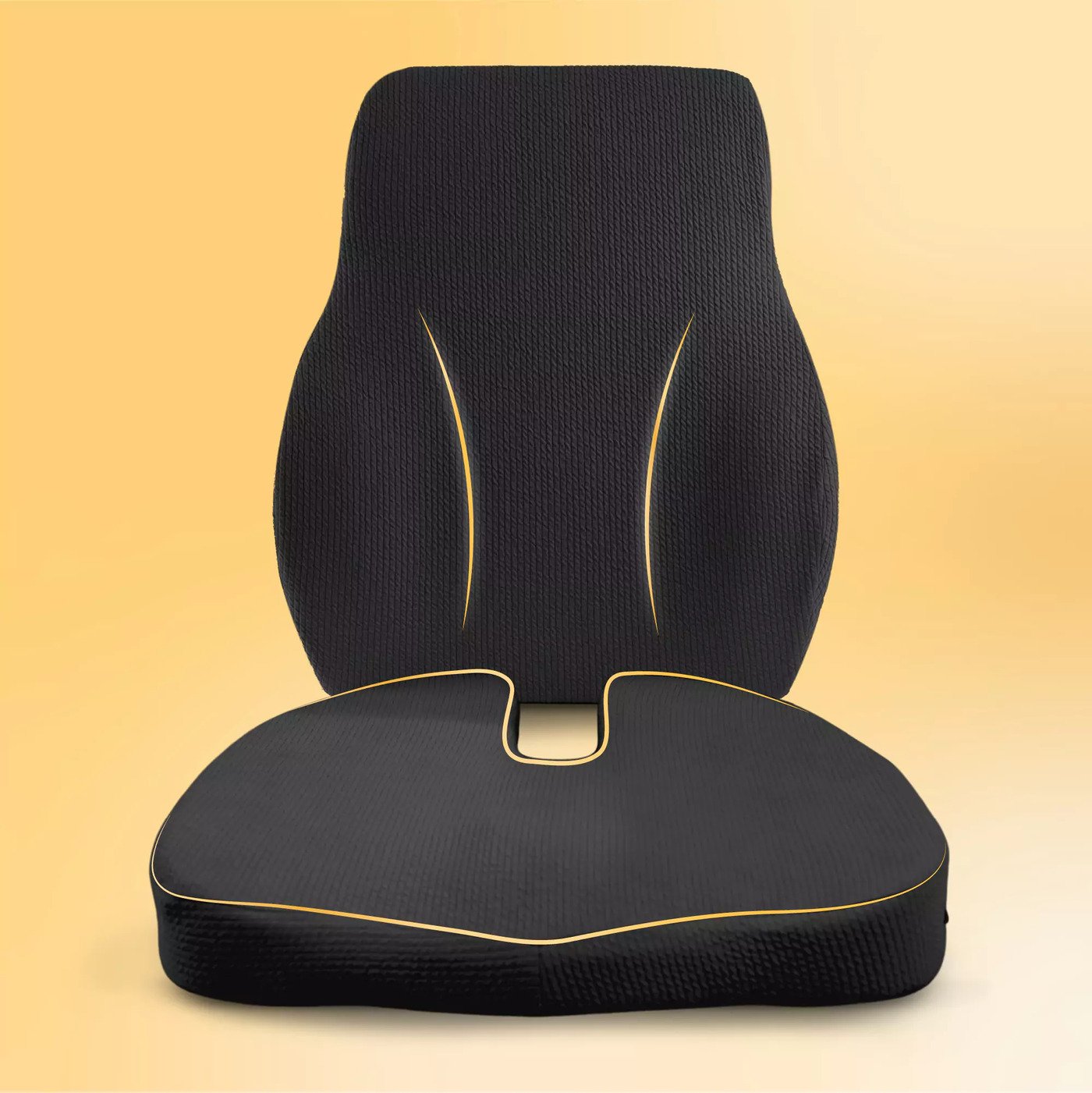Back pain is one of the most common complaints, affecting people of all ages and activity levels. Whether it’s due to long hours spent at a desk, improper posture, or heavy lifting, back pain can make daily activities feel like a chore. Let’s explore practical tips for recovery to help ease back discomfort.
What Can You Do to Relieve Back Pain?
Back pain often arises from muscle strain, poor posture, or even stress. If you’ve been sitting for hours or lifting heavy objects incorrectly, your back muscles might be under strain. Resting is key in the initial stages of back pain. Rest gives the muscles time to recover and reduce inflammation. However, avoid prolonged bed rest. Too much rest can cause muscles to weaken, leading to further issues down the road (1).
While resting, gentle stretches can keep the muscles from stiffening up. Try simple stretches like the cat-cow pose, or gently twisting your torso to each side. This helps relax the muscles and improve flexibility. Focus on stretches that open up the spine and release tension from the lower back (2).
How Can Posture Impact Your Recovery?
Posture plays a huge role in preventing back pain. Many people find themselves hunched over, either while working at a desk or using their phones. Poor posture strains the muscles and ligaments in the back, leading to pain and discomfort. To counteract this, make sure you’re sitting with your spine aligned. When sitting, use a chair that supports the natural curve of your spine, and ensure your feet are flat on the ground. Standing up and walking around every 30 minutes also helps avoid prolonged stress on your back.
Investing in ergonomic furniture or using lumbar support can make a significant difference in easing back pain over time.
When Should You Use Heat or Cold Therapy?
Applying heat or cold to your back can provide immediate relief. Ice packs are useful for reducing inflammation, especially if your back pain is the result of a recent injury. Apply an ice pack wrapped in a cloth to the affected area for 15-20 minutes at a time. On the other hand, heat therapy (like a warm compress or heating pad) helps relax tight muscles and improve blood flow. Apply heat to soothe muscle stiffness and discomfort after the initial swelling has gone down (3).
One-Minute Stretching Routine for Back Pain
Incorporating a quick stretching routine can bring immediate relief. Here’s a simple one-minute stretching routine to help:
- Cat-Cow Stretch: Start on your hands and knees, arch your back up towards the ceiling (Cat) and then dip your belly towards the floor (Cow). Repeat for 30 seconds.
- Seated Forward Bend: While sitting, extend your legs forward and slowly bend at the waist to reach for your toes. Hold for 15 seconds.
- Lower Back Rotation: Lie on your back, knees bent, and slowly twist your hips to one side, keeping your shoulders on the floor. Hold for 15 seconds on each side.
Conclusion: Seek Help if Pain Persists
If the pain persists for more than a few days, it might be time to seek professional help. A physiotherapist can assess your posture and movements and help you with strengthening exercises tailored to your needs. If back pain continues despite following these recovery tips, visiting a doctor or orthopedic specialist is important.
References:
- Van Cauter, E., & Plat, L. (2004). The Endocrine System and Sleep. Journal of Clinical Endocrinology & Metabolism, 89(9), 4421-4429. Link
2. Weppler, C. H., & Magnusson, S. P. (2010). Increasing Flexibility: A Matter of Consistency. Scandinavian Journal of Medicine & Science in Sports, 20(6), 463-467. Link
3. MacDonald, G. Z., et al. (2014). Foam Rolling as a Recovery Tool. Journal of Strength and Conditioning Research, 28(1), 60-68. Link

